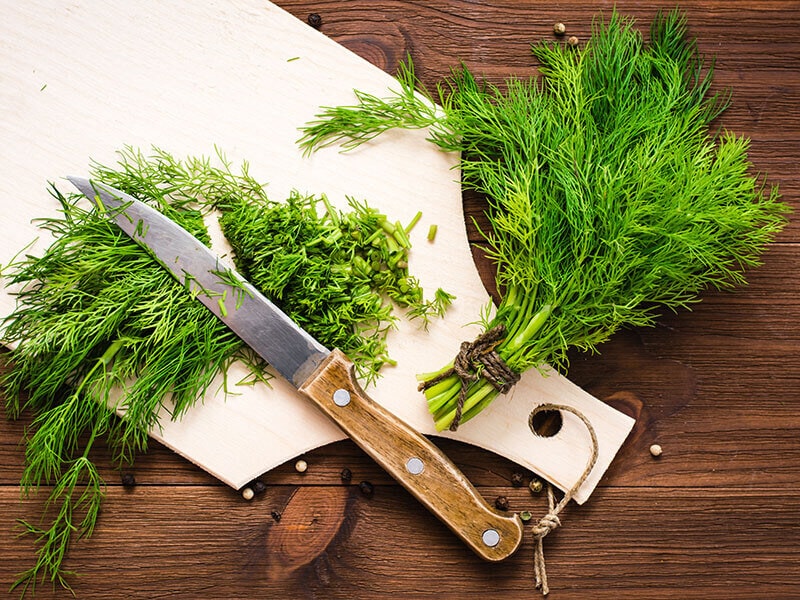
Dill weed vs. dill seed is an interesting topic which many homemakers care about. Although both of them belong to the same plant, can you substitute one for another? If not, what’s the difference between them, besides their looks? What is more suitable for pickles?
Suppose you have a lot of questions like these running through your minds; you’ve come to the right place.
I can answer all of your questions right now, but I think it would be better if I equipped you with more information about them so that you can develop a sense when using spices and herbs when cooking.
So be patient and follow each section slowly to get the answers you need.
What Is Dill?
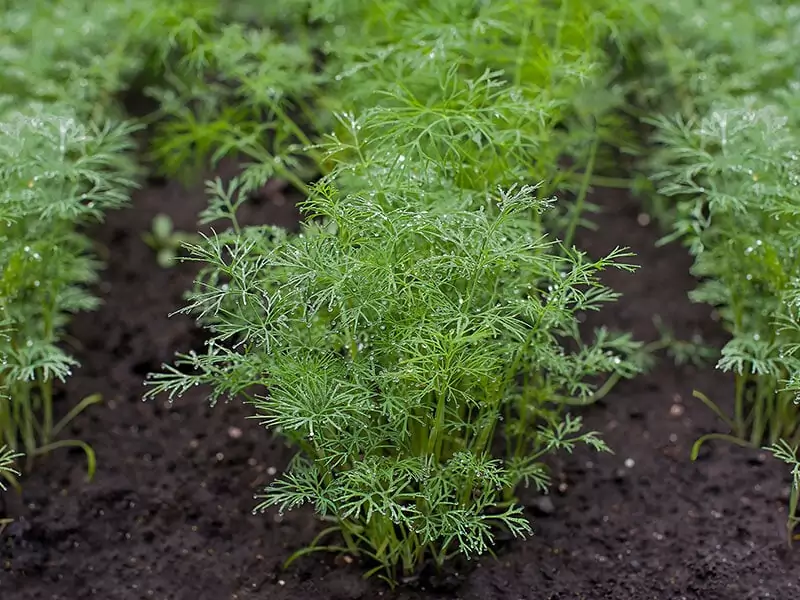
Also known as Anethum graveolens, dill is a plant belonging to the celery family Apiaceae (1) and has been long used as a culinary ingredient around the world, especially in Asian and European countries. For instance, if you look at classic Norwegian dishes, you’ll see dill present in a lot of the recipes.
There are two noticeable things about dill: first, you can find them available all year round, and second, both leaves, stems, and seeds of dill can be helpful in cooking.
Incorporating dill into your diet is a great way to prevent cancer, support kidney functions, treat loss of appetite, and protect heart health.
Dill might remind you of grandma potato salads or cucumber pickles. Of course, its application is more than that.
Dill weed, referring to the leaf and stem part of a dill plant, tastes different from dill seeds, known as their fruits; therefore, they perform well in different recipes.
What is dill? A visual answer.
Dill Weed Vs. Dill Seed Comparison Table
Here’s a quick reference if you’re in a hurry and want to grab the information about these two D-something foods. I hope you find it extremely useful for your future cooking.
How To Tell Dill Seed And Dill Weed Apart?
Let’s have a look at the differences between dill seed and dill weed when it comes to flavor, culinary uses, cooking time, and storage.
Different Looks Of Dill Weed And Dill Seed
Dill weed can be found in two forms: fresh and dried. The fresh version features feathery green leaves with thin stems, while dill seed comes with a tiny, oval shape and brown color.
The Flavors Of Dill Weed And Dill Seed
As I have mentioned earlier, dill weed and dill seed don’t taste similar even though they belong to the same plant.
Dill weed is a popular term referring to the delicate leaves and stems of a dill plant. You can find them in both fresh and dried forms.
Dill weed features a grassy, warm, sweet, and lemony flavor which reminds you of parsley, celery, and anise. It’s said to add fresh notes to the food and be able to brighten the whole dish.
Dried dill weed doesn’t taste as aromatic as fresh, but its shelf-stable characteristic is a plus.
Dill seed comes with a tiny, tear-shaped pod and brown color, which tastes a lot like caraway seeds but a bit lighter. It’s also an ideal stand-in for celery seeds, especially in Northern European cuisine. Dill seed has a camphorous and spice-like aroma with a hint of pungency.
Dill seed has a more robust flavor with a slight hint of bitterness than dill weed. When roasted, its aroma becomes more potent, while the opposite happens with dill weed. Dill seeds are ideal as substitutes for fennel seeds due to their fragrance and robust flavors.
When extracting, dill seed produces a larger amount of oil than dill weed. Moreover, its oil has a greasier and more potent aroma than that of dill weed.
How To Cook With Them Properly
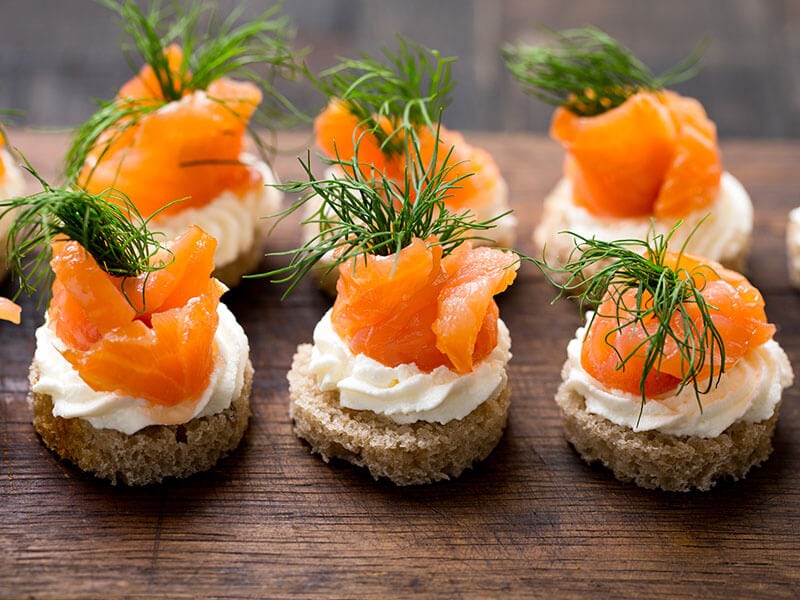
In terms of cooking, they are used differently, so you might need to learn how to cook with them in various recipes.
Dill weed often complements fish, chicken, and seafood greatly. It’s added to yogurt sauces, creamy dressings, vinegar, potato salads, spinach dishes, eggs, and more.
Fresh dill can be suitable for summer produce such as tomatoes, cucumbers, summer squash, and corn.
Additionally, it combines beautifully with various herbs and spices, including mustard, cilantro, lemon, horseradish, garlic, paprika, onion, basil, mint, and parsley.
In seed form, dill is an essential ingredient of pickle recipes where it imparts its unique flavor to whatever they’re brined with, for example, cucumbers, carrots, and beets.
Whole and ground dill seeds perform well in vegetable dishes (especially cabbage and eggplants), bread, braised dishes, and soups.
Dill seeds are often used with fatty meats to support digestion and soothe the stomach. The same goes for beans and other gassy vegetables because dill seeds can neutralize gas-producing compounds in them and make your guts feel comfortable.
Do you know how to chop dill weed? It’s a simple yet exciting skill to learn!
When To Toss Dill Weed And Dill Seeds In Your Cooking?
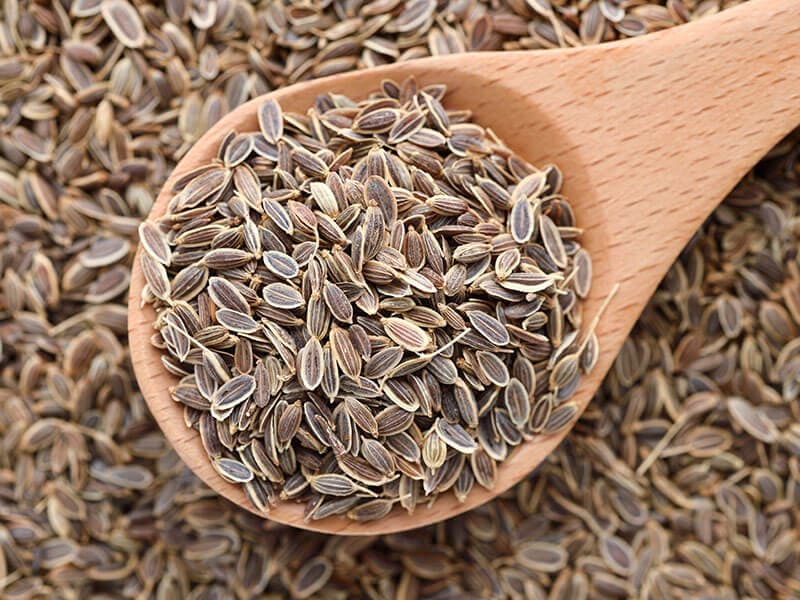
Dill weed is meant to be added at the end of the cooking process because heat is its enemy. Cooking dill weed can force it to lose all of its flavors; therefore, you can waste a whole bunch of dill for nothing.
To play it safe, you can consider using it as a garnish for soups, salads, and some cold recipes, such as recipes to prepare savory cold appetizers. This way, it can decorate and infuse its bright and potent aroma to the dish naturally.
In contrast, dill seed is recommended to be toasted before incorporating into recipes because the longer it’s cooked, the more flavorful it becomes.
Right Methods To Store Dill Weed And Dill Seed
You may know there are various ways to store fresh dill. But not many realize dill weed and seed need different storage methods. For the former, you can keep it in the fridge for about a week with these simple steps: Wrap it carefully in damp paper towels and place it in a plastic bag.
If you want to maintain their flavors and colors longer, you can learn how to preserve fresh dill properly.
- Freeze them: Put sprigs of fresh dill in the cooking sheet, freeze them for a while, transfer frozen dill to a freezer-safe bag, and keep them in the freezer for up to 6 months.
- Air dry them: Hang a bunch of fresh dill weed upside down for about 2-3 weeks in a well-ventilated area of your house. After they dry completely, you can grind both leaves and stems of dill weed by hand and keep them in a small jar with a well-fitting cap.
- Dry them using an electric dehydrator: Put them in the tray, adjust the temperature at 95-105 degrees F. It might take 4-10 hours to dry. Remember to let them cool before storing them in the jar. Dried dill can stay well for up to a year.
It appears much more straightforward when it comes to storing dill seeds. They can stay safe in an airtight jar for about 1-3 years, but it’s recommended that you use them in 6 months for the best flavor. Like other spices, they should be kept in a dry, cool, and dark corner of your pantry.
Let’s find out 4 ways to dry herbs, including dill weed!
Harvesting Dill Weed And Dill Seed
To get new leaves, you can trim dill plants to stimulate leaves’ growth. Dill weed can be harvested anytime you need it; however, it tastes best just before the umbrels bloom.
Dill seeds can be harvested when they turn brown and dry, preferably before they scatter. The simplest and quickest method to collect dill seeds is to cut the entire flower heads and place them into a paper bag.
Is Dill Weed A Good Alternative For Dill Seed Or Vice Versa?
As you can see, dill weed and dill seed feature different flavors, so they’re not an excellent substitute for each other.
However, if there’s no other choice in some cases, you can replace dill weed with dill seed and vice versa but only in a pinch.
Keep in mind these substitute ratios so that you can use each of them properly and won’t ruin your dish:
1 tablespoon chopped fresh dill = 1 teaspoon dried dill weed
1 cup fresh dill = 1-ounce dill seeds
Moreover, you could also refer to the following ratios when shopping in the grocery store:
1 bunch of dill = 1 or 2 ounces of fresh dill weed
3 heads dill = 1-2 tablespoon of dill seed (head of the dill means a part of dill plant includes leaves, flowers, and stems)
Although they’re surely used in different ways, they might be added to some same recipes such as sauces, pickles, vinegar, and salad dressings.
Ideal Substitutes For Dill Weed And Dill Seed
Let’s find out more about alternatives of both dill weed and dill seed so you can have more choices when cooking.
Dill Weed Substitutes
If you’re running out of dill weed in the middle of the cooking, don’t worry, tarragon could be used in place of it. Tarragon is considered one of the best replacements for dill is because the flavor of tarragon is a lot like dill. You can say they both share the same anise flavor.
It’s recommended that you use fresh tarragon for fresh dill and dried tarragon for dried dill. To substitute, you can add an equal amount of fresh/dried tarragon to the dish as you would with fresh/dried dill weed.
If you want to replace dried tarragon with fresh dill, use 1 teaspoon of it for every tablespoon of fresh dill.
It pairs well with eggs, chicken, salmon, and salad dressings. In truth, tarragon blends well in many recipes, so you’ll probablybe surpriseds to see how versatile it can become.
Besides, fennel fronds have a pretty similar look to fresh dill weed if you’re looking for a garnish for soups or salads.
Dill Seed Substitutes
Caraway seeds might be an ideal substitute for dill seeds because they taste much the same. Although the flavor of dill seeds is said to be lighter, you’re advised to use the ratio of 1:1 to get the ultimate result.
Moreover, many cooks like to experiment with celery, fennel, and coriander seeds when they can’t find any dill seeds at home. With the substitution ratio of 1:1, they see these alternatives work amazingly and bring the desired flavor to the recipe.
If you’re after the dish’s appearance more than how it tastes, you can opt for poppy, sunflower, or sesame seeds.
Bright And Dill Recipes Your Family Will Crave
Dill weed and dill seed are familiar ingredients in my kitchen. Below are some quick and simple recipes in which dill is a star. Let’s find out!
Grilled Salmon With Lemon And Dill
This low-carb and paleo grilled salmon with lemon and dill could be your family weeknight favorite soon. It’s quick and straightforward to prepare, so it’s the perfect meal if you don’t want to spend much time in the kitchen.
When done, grilled salmon comes with a buttery, mellow and savory flavor with a hint of lemony aroma. It’s also soft and flaky.
Chopped fresh dill is sprinkled all over the plate to enhance the flavor immensely. This adds a fresh note of herb and helps brighten the whole dish.
You can pair this recipe with whole-grain salads, green salads, or some healthy roasted veggie dishes.
Let’s explore an easy way to upgrade the flavor of your salmon.
Grandma’s Dill Bread
If you want your whole kitchen to smell incredibly good, let’s bake grandma’s dill bread. Another good news? This bread recipe doesn’t require kneading, so it’s easier for you to work with.
At first glance, this bread is full of aromatic spices from dill seeds and minced onions. In this recipe, you just add a small amount of both of them, but their savors become the prominent flavor of the dish. It has a crusty and crispy outside with a soft and pillowy center.
When it has just come out of the oven, spread a thin layer of butter and sprinkle it with a bit of sea salt to make the bread more appealing.
Refrigerator Dill Pickles
In the summer, you can’t help but prepare a lot of pickles for your family. It’s straightforward and quick to make, so there’s no reason not to do so. Moreover, the refrigerator dill pickles can be kept in the fridge for up to 2 months. Sounds great?
Depending on your preference, you can cut cucumbers in many different ways, including pickle chips, crinkle pickle chips, whole pickles, and pickle wedges.
The brine is made simply from water, salt, and white vinegar. It’s essential to add dill weeds to make it taste well-rounded.
After a few days in the fridge, you can have crispy, flavorful, briny, salty, and super delicious pickles. Let’s pair it with your favorite sandwiches and enjoy!
You don’t need to pay a fortune to own store-bought pickles after discovering this recipe.
FAQs
You might be aware of the difference between dill weed and dill seed. However, there might be some questions you need to clarify before cooking with them. Let’s check it out below.
Both Dill Weed And Dill Seed Are My Favorites
Do you think dill plants are fascinating? It can produce both herb and spice, and both are extremely popular in cooking thanks to their unique and wonderful taste.
Understanding the difference between dill weed and dill seed helps you cook with confidence and avoid using them in the wrong recipe, which might lead to terrible dishes.
I like dill weed, and I have a lot of ideas to use up a bunch of it. The same goes for dill seeds, and I can cook various recipes with them as an essential ingredient.
Many of my friends have dill plants in their home garden and can easily cut a sprig of dill whenever they need it. That sounds amazing to me, and I plan to grow it in my house, too.
How about you? Are you a fan of dill? What do you like better: dill weed or dill seed? Tell me your opinions about dill or herbs in general.
I would love to hear from every one of you in the comment section.
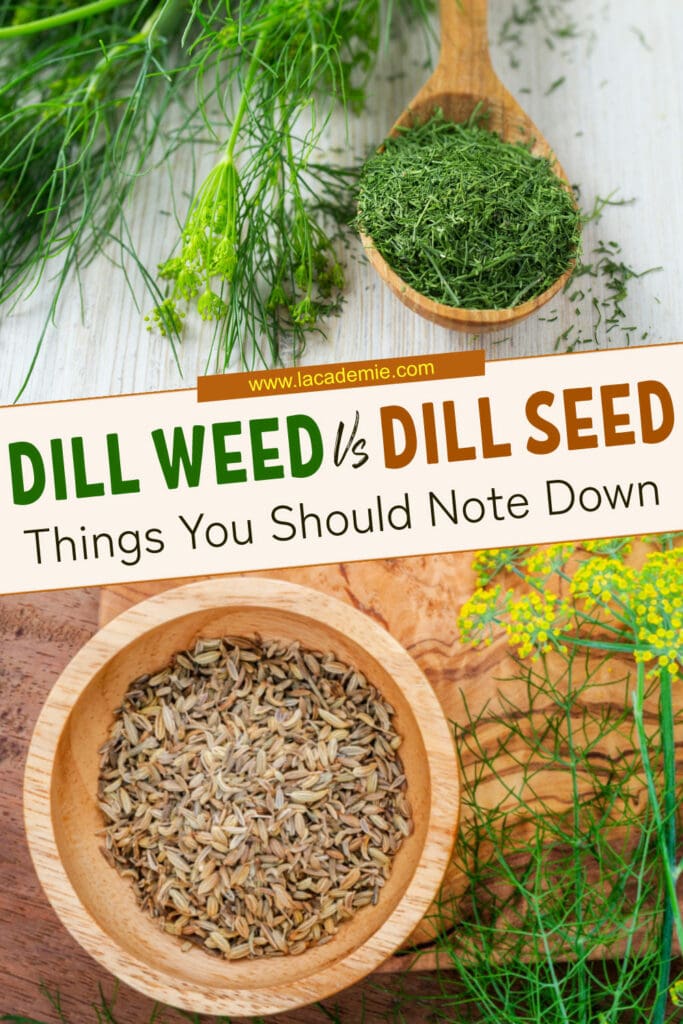
References
- En.wikipedia.org. 2021. Dill – Wikipedia.
- 2021. [online] Available at: <https://draxe.com/nutrition/dill-weed/>

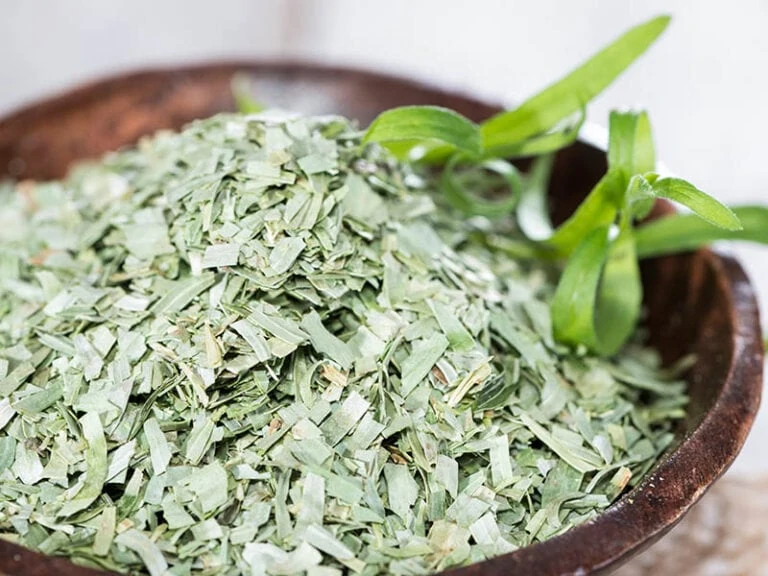
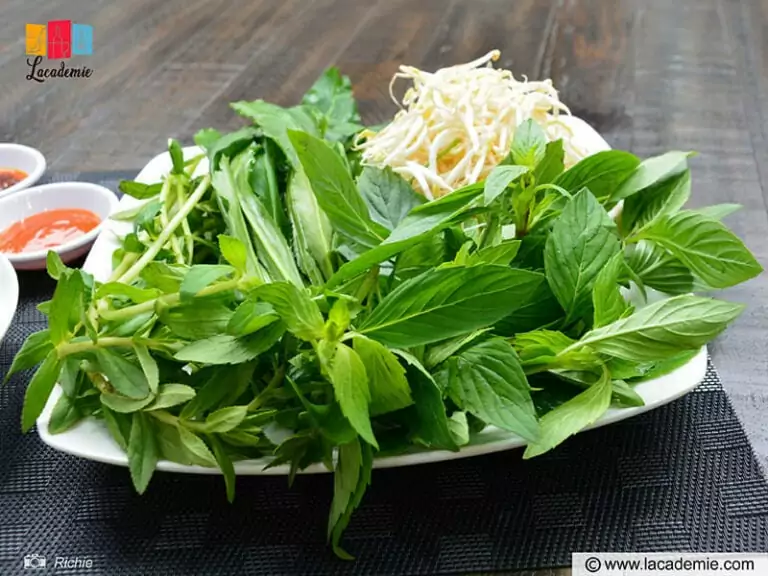
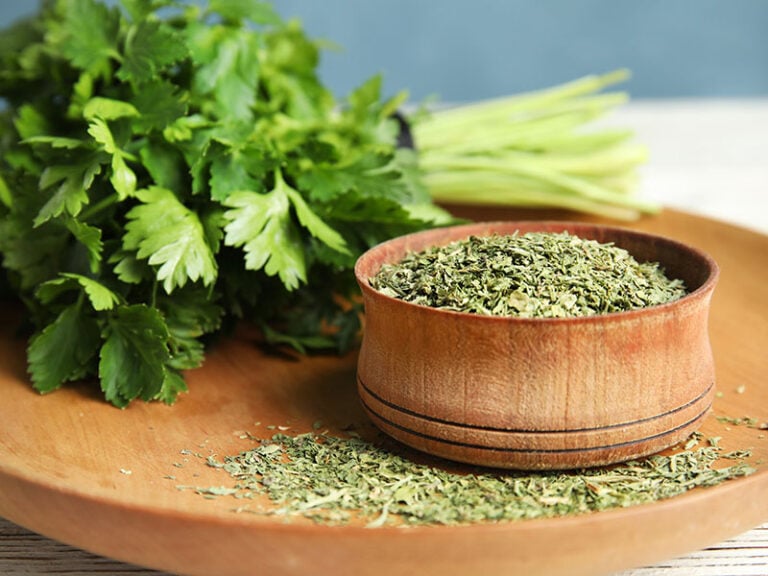
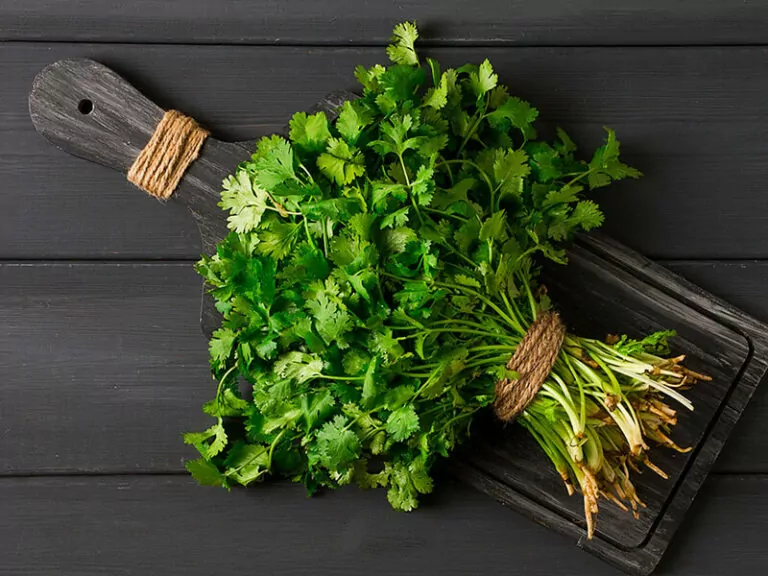
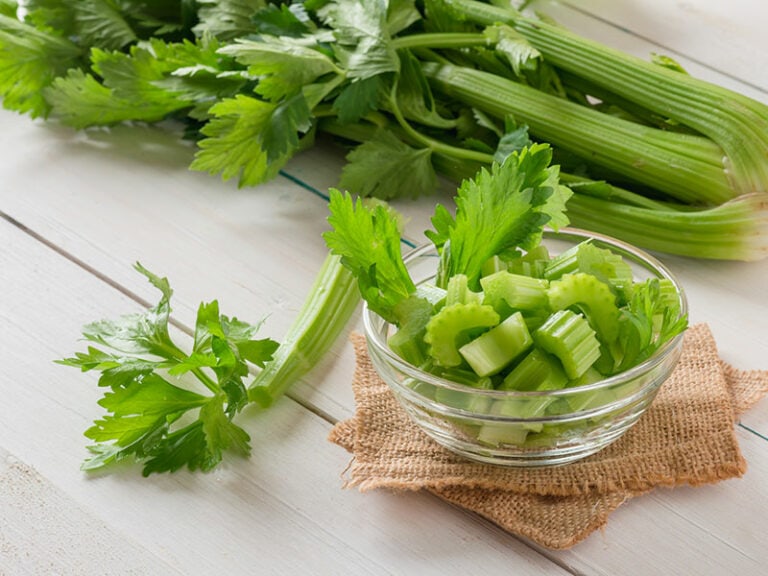
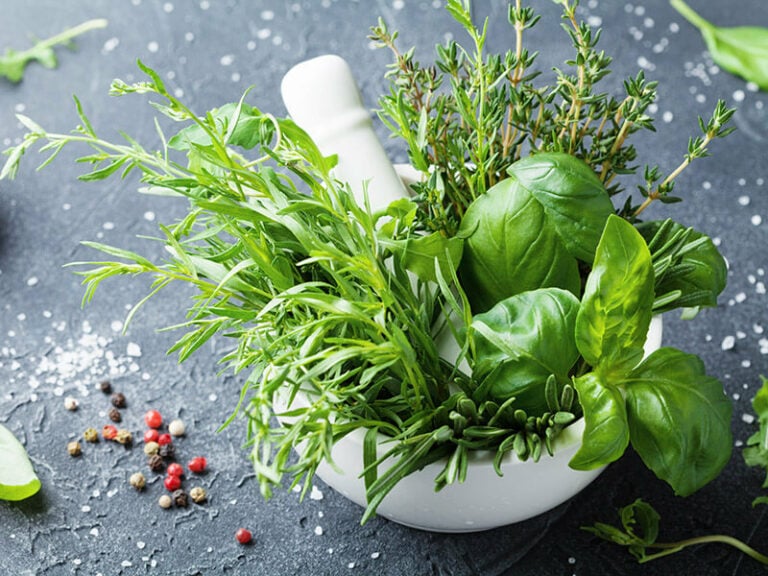
Great article and thanks for answering my question about substituting different types of dill!
Thank you for your kind words! I’m glad you found the article informative. Always happy to help with any questions about dill ingredient substitutions. Let me know if you need further guidance!